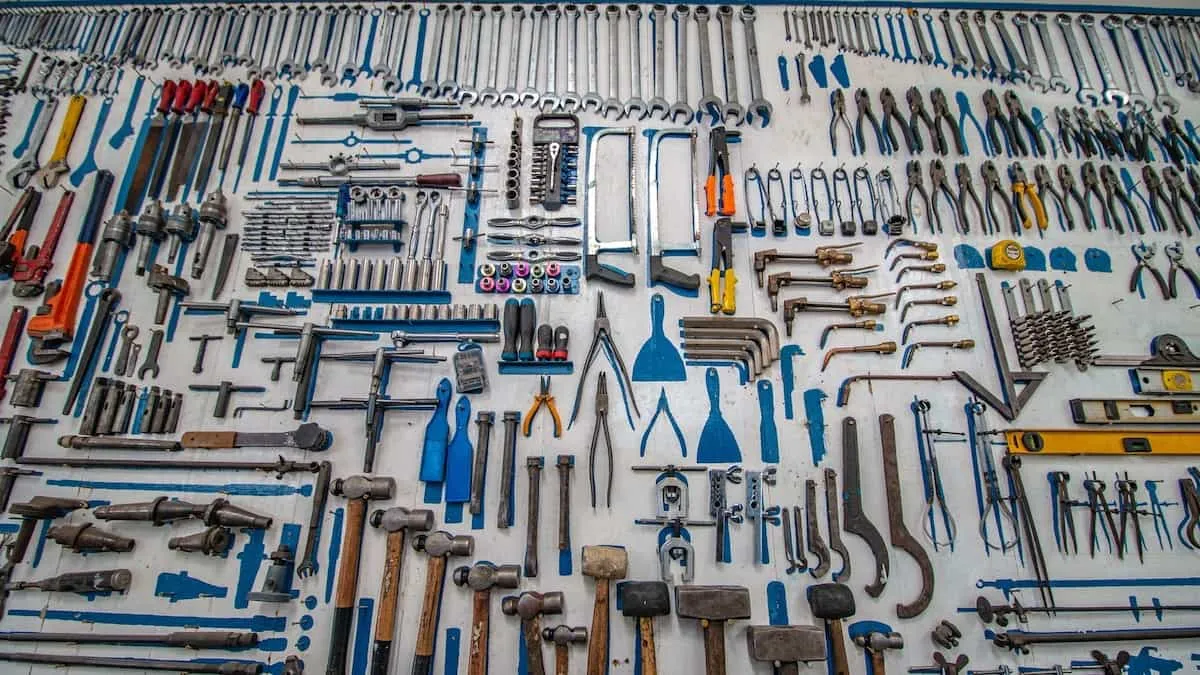When it comes to products and services, reliability, availability, and maintainability are often grouped as desired attributes. It happens so often that they have their own grouped acronym: RAM.
The terms are often used to describe hardware and software products. It’s important to remember that each word has its distinct meaning that usually runs the risk of getting lost. To make sure that each product and service we build ticks every box, we need to understand each term on its own.
Here we have each attribute in its own right, with examples to further explain their significance. Read on to discover why each feature is essential and why they are often grouped.
Definition of Reliability
The definition of reliability is the probability of a piece of hardware or software performing its intended purpose well and for a certain amount of time. Of course, different systems will have their own criteria for what counts as ‘working well’ and different amounts of time expected.
Working out reliability is simple, based on this equation: operation time (hours) divided by the number of failures. For example, let’s look at a piece of AI software that is supposed to analyze and sort data in the background of a DevOps engineer’s day-to-day activities.
The software will be running for approximately eight hours a day, the length of the engineer’s working hours. In one day, if the software made ten mistakes, the software’s reliability would be measured at 0.8, according to the equation above.
Reliability is an important attribute for any product or service. No one wants to feel like they need to be constantly checking on a system. It needs to be reliable enough that they don’t even need to check on it; they just know that it’s doing the job it’s intended for.
Definition of Availability
Next up is the definition of availability. Availability refers to the probability that the hardware or software in question is operational and ready to use. It’s also often known as the time it’s expected to function.
There is also an equation to determine availability as a percentage. It involves dividing the actual working time by the scheduled working time and multiplying the result by 100 to reach a percentage.
The target for availability is usually higher than 99.9%. There should be a reasonable expectation that a system will be ready to use when needed. Let’s once again look at an example, this time of a search tool.
Suppose the search tool is scheduled to be in use for ten hours a day but is available to users for nine and a half hours a day; that gives us an availability of 95%. Being below the target level, it might be worth looking into where this missing half-hour comes from and what can be done to solve it, in this case.
Availability goes hand in hand with reliability: for something to be working reliably, it also needs to be available to its users. When it comes to reliability vs. availability, it is often difficult to have one without the other.
Nonetheless, they are still far from interchangeable. Understanding how both affect one another is vital for seeing how they can have an impact on the software or hardware as a whole.
Definition of Maintainability
Finally, we reach the meaning of maintainability. Maintainability refers to how much time or resources are required to fix failures. It’s also known as serviceability and essentially measures how easily something can be repaired.
When a piece of hardware or software has high maintainability, it has a relatively low repair time. For example, if a website widget uses basic code, there should be multiple people who know how to fix it. That way, the repair time will be fast, and few resources are needed for a repair.
If the element in question were a more complicated piece of hardware that needed specific parts, then the repair time would be much longer. This would lead to much lower maintainability.
The Intersection of Reliability, Availability, and Maintainability
All three of these criteria are equally important and often work hand in hand. Availability means that something is operational, reliability means it’s likely to work correctly, and maintainability implies that, even if something does go wrong, it can be fixed easily.
Altogether, reliability, availability, and maintainability (RAM) can be used to assess a system or product’s overall effectiveness. RAM often forms the basis for software or hardware appraisals and can help map progress for ongoing projects.
For example, if a DevOps team works on an ongoing piece of software with many different elements, they might use RAM to assess how each attribute is faring. When used in day-to-day situations, RAM can help to identify any weak spots.
Plus, looking at each attribute of RAM individually can help teams to spot what aspects might need more work. If a piece of software is easy to fix and is always online but rarely achieves the desired result, the team will know to focus on reliability for future revisions.
All three RAM attributes go hand in hand, but it’s important to acknowledge what each one signifies individually. The three terms are far from interchangeable. Engineers can only enact successful changes when they understand precisely where change is needed within a product.
Once you know how the three work together, it becomes much easier to identify problem areas and streamline processes. RAM is a useful tool in making your data work for you.
Applying to DevOps
The more you know about your offerings, the better you can refine and improve upon them. Using reliability, availability, and maintainability to track progress and quantify results only works if you’ve got the data to back it up.See how you can harness machine data’s power to analyze various data types in one platform with Loqiq. Get started with a quick start guide to see how it can help your team make their data go further.








